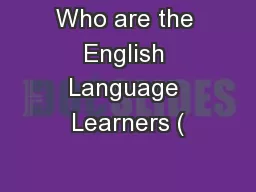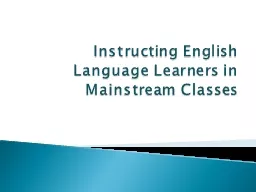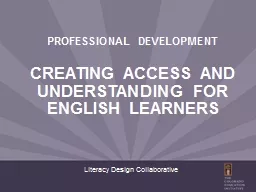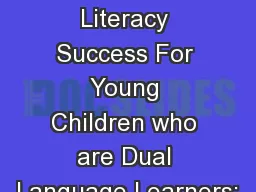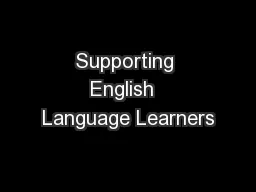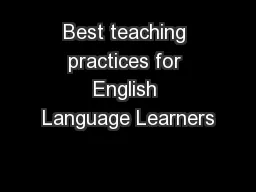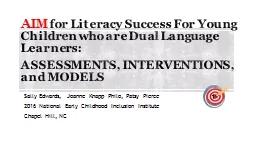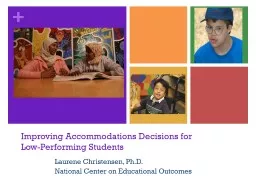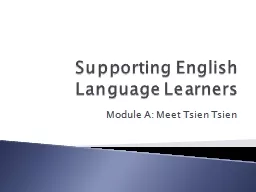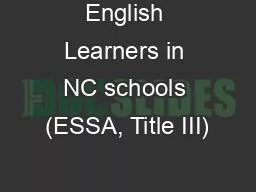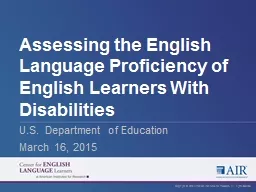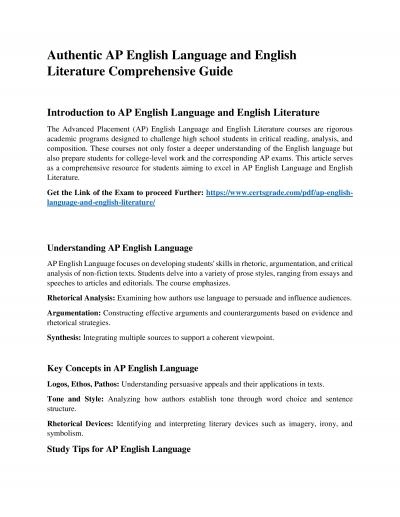PPT-Who are the English Language Learners (
Author : stefany-barnette | Published Date : 2017-10-05
ELLs in our Long Island schools Add photos 2014 LILAC Conference Filling in the Gaps Ensuring Language Access and Cultural Competence for Vulnerable Long Islanders
Presentation Embed Code
Download Presentation
Download Presentation The PPT/PDF document "Who are the English Language Learners (" is the property of its rightful owner. Permission is granted to download and print the materials on this website for personal, non-commercial use only, and to display it on your personal computer provided you do not modify the materials and that you retain all copyright notices contained in the materials. By downloading content from our website, you accept the terms of this agreement.
Who are the English Language Learners (: Transcript
Download Rules Of Document
"Who are the English Language Learners ("The content belongs to its owner. You may download and print it for personal use, without modification, and keep all copyright notices. By downloading, you agree to these terms.
Related Documents

